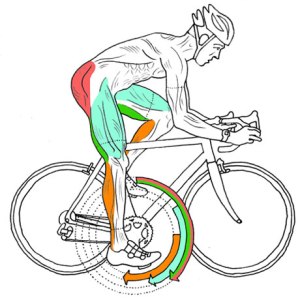There are some cyclists that make riding look effortless and smooth. Although it may come naturally to some, it takes time and practice to achieve that gliding look, but it’s not just for professionals! If you understand the basics of how your muscles are working, both for and against you, then you can ensure you stay balanced and relaxed in the saddle. Maintaining proper cycling posture is important to not only your efficiency, but to prevent injury.
There is no “correct cycling posture” that is right for everyone. We are all built differently, so what will work for some won’t for others, but there are some general rules to go by. After ensuring your bike is fit to you and your riding style properly, then it’s time to start thinking about what proper cycling posture looks like for you.
Why is cycling posture important?
Being as efficient as possible is the easiest way to go faster while spending less energy, sound good? The first thing you want to focus on is staying as relaxed and stress-free as possible, tension is the enemy! Many cyclists will slowly tense up over the course of a ride, not only compromising efficiency, but demanding more than is necessary from their bodies. Letting go of that tension and relaxing into a natural position will work to:
- Increase efficiency
- Keep you comfortable
- Improve bike handling
- Easier breathing
- Prevent injury
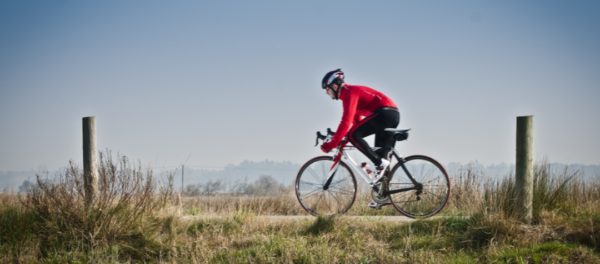
What does proper cycling posture look like?
As stated above, this will look different for everyone, but here are some things to keep in mind:
Keep your shoulders relaxed 
Many cyclists will find their shoulders slowly creeping up to their ears while riding, which puts unnecessary stress on your shoulders, neck, and back. This can also get in they way when you need to shoulder check or move your head around. You will actually stay more alert by keeping you shoulders down and relaxed.
Bend your elbows
Riding with locked out elbows will make for a rough ride, so adding a slight bend will act as suspension and keep any bumps on the road from tossing you overboard. Keep your elbows tucked into your sides rather that out like wings. This will reduce the stress on your shoulders, and also result in less pressure on your hands and wrists (your wrists should NOT be bent).
Maintain a neutral spine
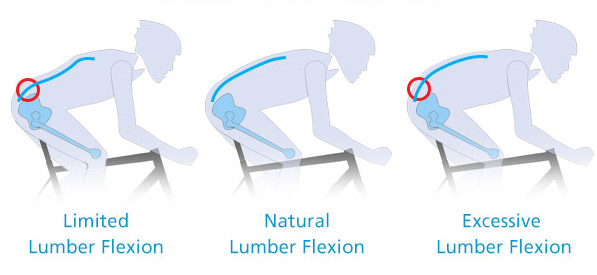
You want your back to be relatively straight, but not locked or tensed into a line. The most common mistake is letting the back round outward, which can cause all sorts of issues over time. The best way to ensure you are keeping your back straight enough is to keep your core engaged. If your abs are just taking a free ride, your back will inevitable round out, putting pressure on your hands, shoulders, and crotch (which can be super painful).
Keep your knees in line with your foot
You do not want your knees to bow outward at any point during the pedal stroke. Not only is this incredible inefficient, but it will cause some painful knee issues. So, focus on keeping your knee in line with and over the ball of your foot as you ride.
How to improve your cycling position
If you think you are struggling with any of these aspects, it is worth taking the time to correct what you can to ensure you are comfortable and efficient on the bike.
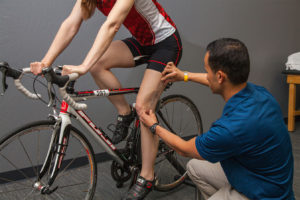 Proper bike fit
Proper bike fit
First things first, everything has to be in the right spot to even make it possible for you to maintain proper posture cycling. If you’re not sure your bike is the right fit, or isn’t adjusted to you, then it’s worth looking into having a professional bike fit.
Think about it
Pay attention to your body when you’re on the bike. Where do you feel tension? In what ways is your body out of alignment or its natural range of motion? Focus on relaxing your muscles and breathing, and think about each aspect of your posture piece by piece.
Stay flexible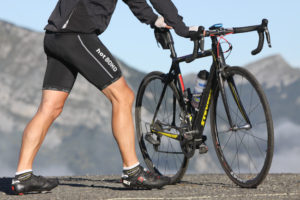
Flexibility, or rather inflexibility, can lead to unbalance in the body and even cause the body’s structure to move out of alignment. If you are not flexible enough to hold proper posture over the course of a ride, then you need to work on increasing your flexibility through stretching and strength training exercises.
Stretch
It is important to have a healthy range of motion and flexibility to move freely and efficiently. Stretching can aid in aligning the thick and thin muscles back into their ordered state after movement, as well as remove the lactic acid buildup that causes soreness. Regular stretching will also increase your flexibility, making that aerodynamic position more attainable.
Strength Training
The facilitated (overworked) muscles, like the quadraceps and lower back, do not need strengthening but stretching. Instead, it is the inhibited muscles that benefit most from strength training – the abdominals and gluteals. Because the core needs to be engaged to stabilize your spine and the movement of your legs, strengthening it off the bike is important.
Posture Correction Program for Cyclists
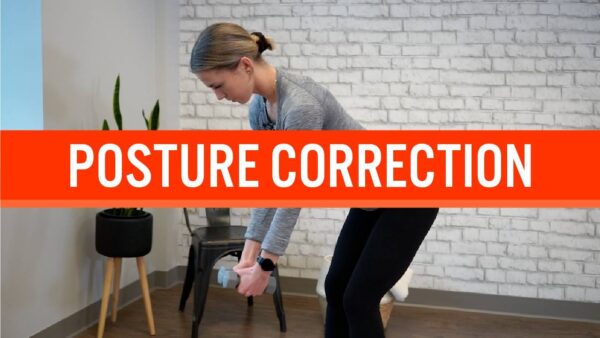
Looking for a program that will help you improve your posture and restore muscle balance? Dynamic Cyclist is an online training platform designed to help cyclists become stronger and faster while riding pain free for years to come. Complete your regimen with an all-inclusive program that addresses mobility, flexibility, strength and injury prevention, all for a fraction of the cost of one physiotherapy appointment. Try out their 2 Week Posture Correction Program and experience the results for yourself. Click here to try 7 days free!
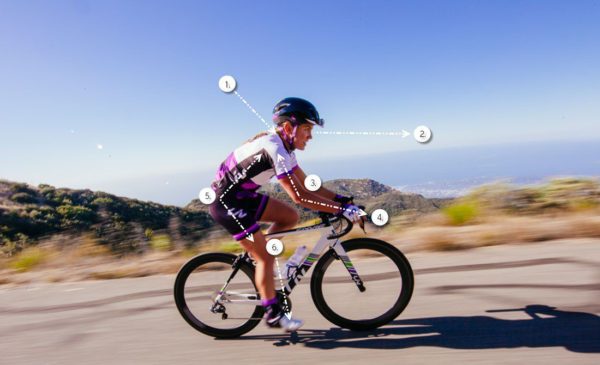
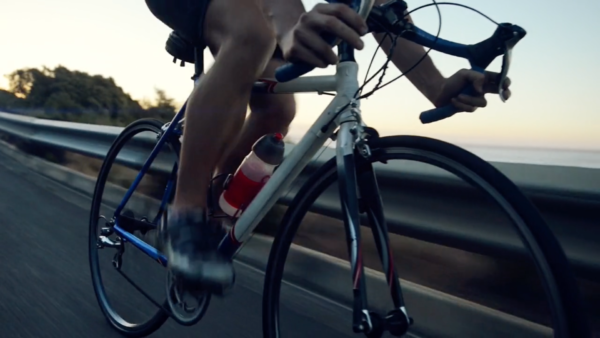
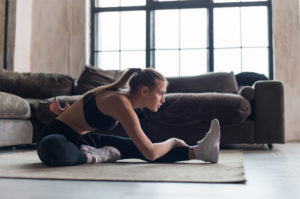
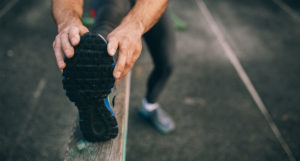 Prevent Tissue Degradation – Generally speaking, our day to day lives are restricted to certain movements and physical exertion. Over time and with age, the body starts dehydrating and stiffening. On a cellular level, muscle fibres start developing cross-links with parallel fibers making them stick together. Stretching slows this process by stimulating the production of tissue lubricants and pulling the interwoven cellular cross links back into an ordered state.
Prevent Tissue Degradation – Generally speaking, our day to day lives are restricted to certain movements and physical exertion. Over time and with age, the body starts dehydrating and stiffening. On a cellular level, muscle fibres start developing cross-links with parallel fibers making them stick together. Stretching slows this process by stimulating the production of tissue lubricants and pulling the interwoven cellular cross links back into an ordered state.